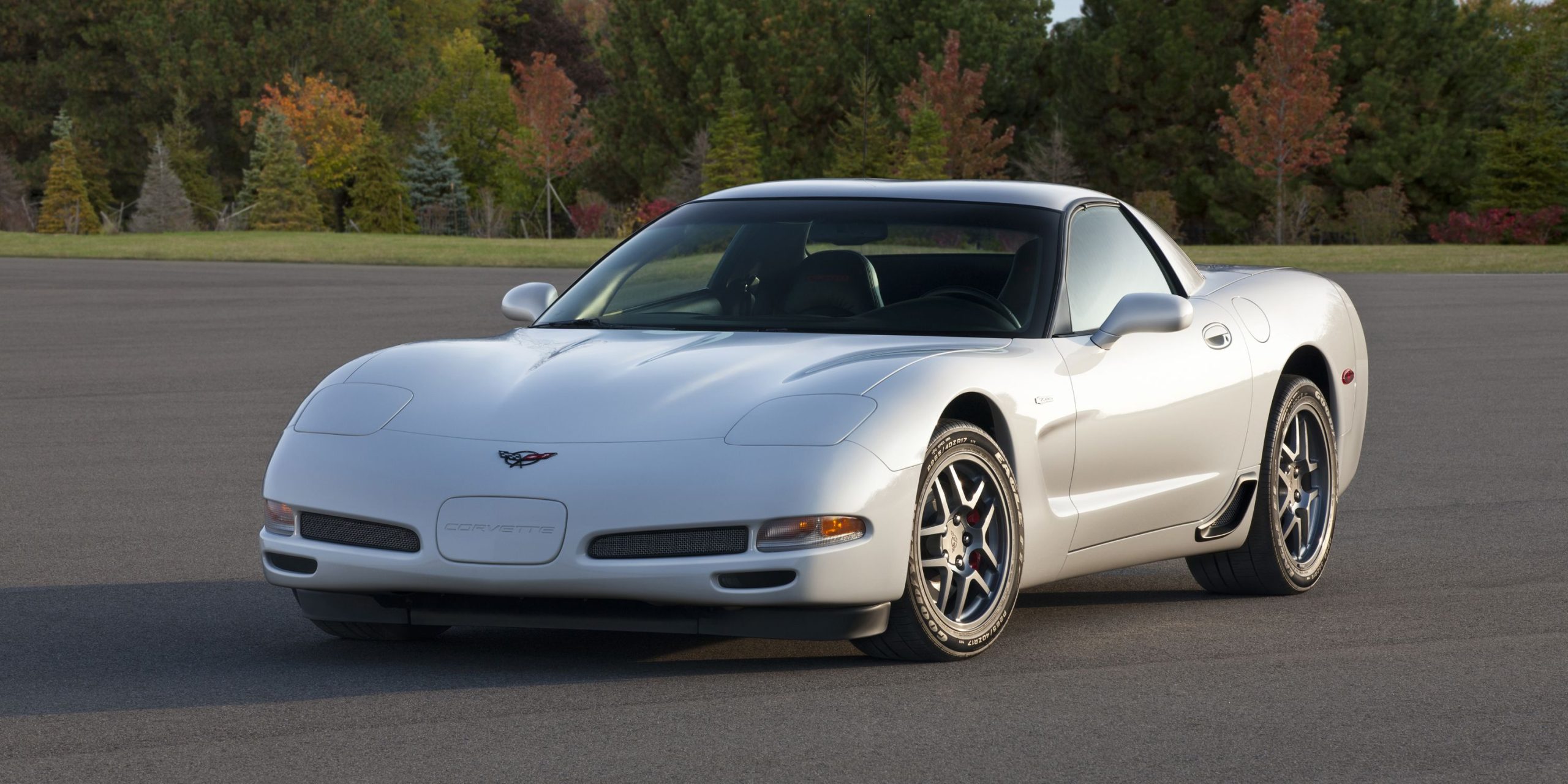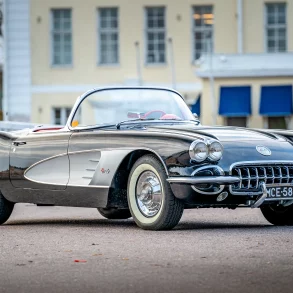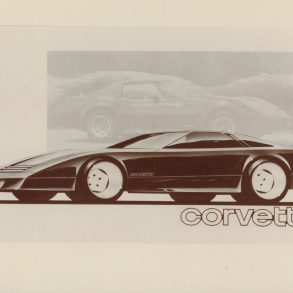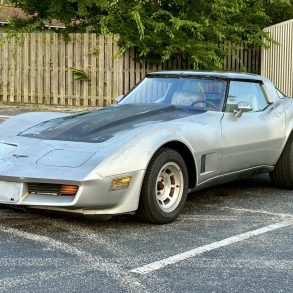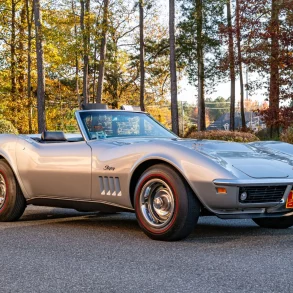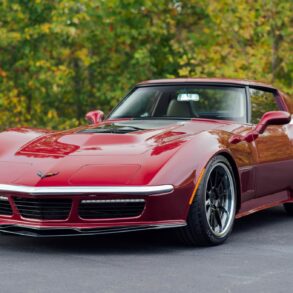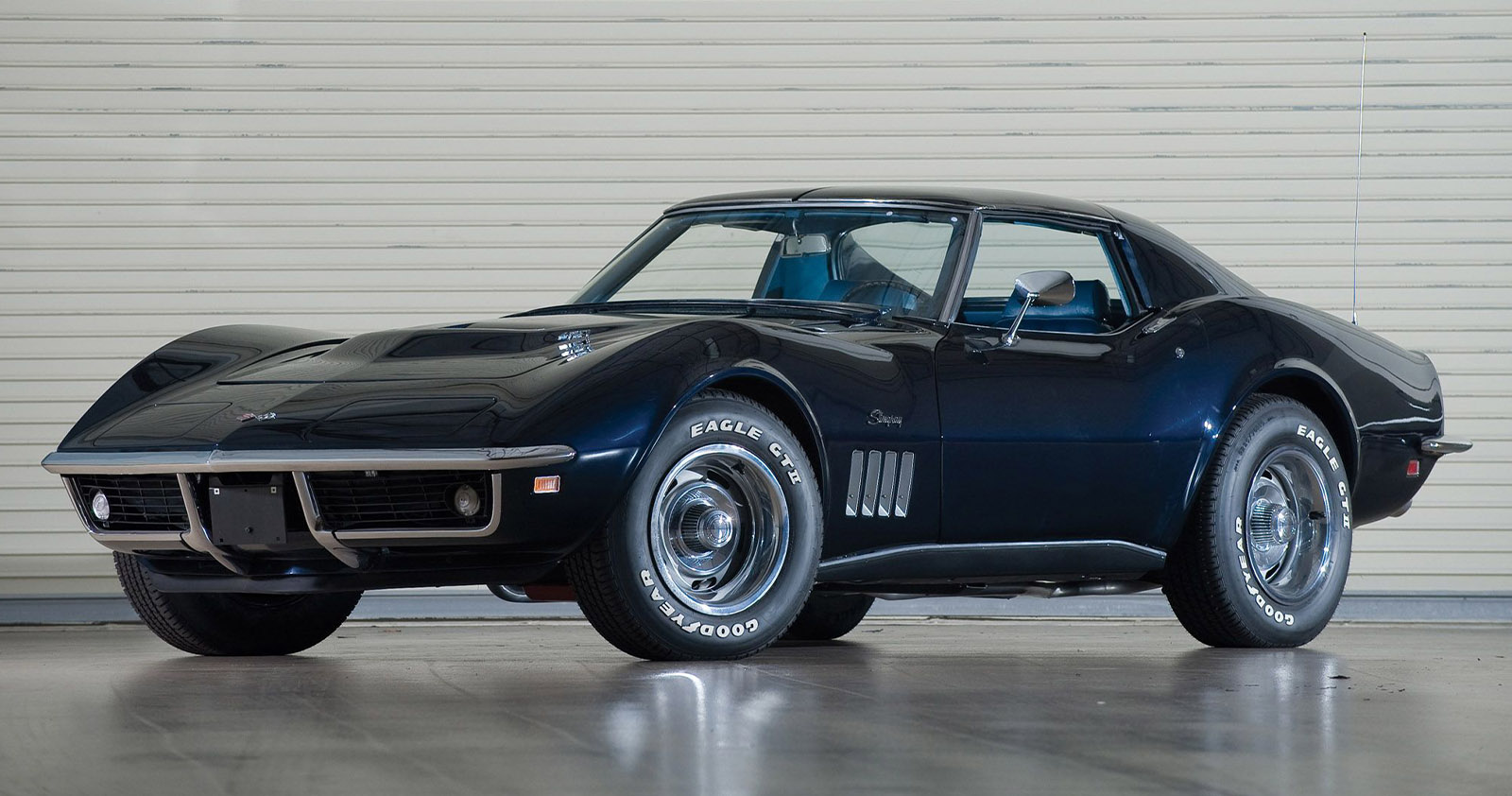The C5 Corvette has become one of the most tempting cars in today’s market. It is modern enough to use as a daily driver, yet old enough to be recognized as a classic. Prices look attractive, and listings often promise a lot of performance for relatively little money. The question is whether those bargains are real or if they hide costly surprises. The truth is that every Corvette has a past, and knowing how to uncover that past is the only way to buy with confidence.
Every Corvette Has a Past
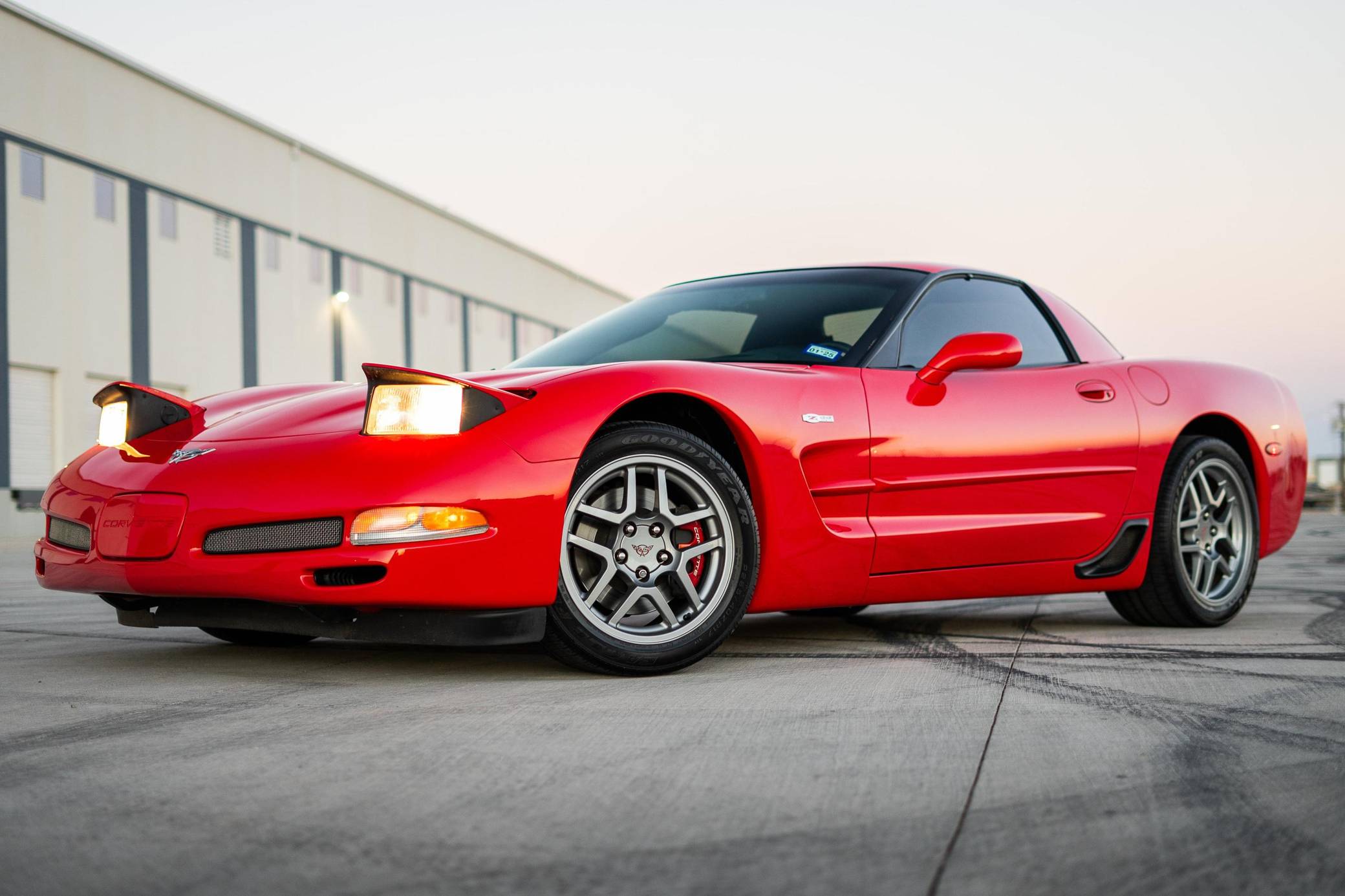
From the first C1 to the latest C8, Corvettes have lived all kinds of lives. Some were garage-kept by careful owners, others were hammered at track days, and plenty were modified to fit the trends of the time. Those experiences leave behind a record, even when the car looks clean on the surface. Provenance is what separates a Corvette worth collecting from one that will drain your wallet.
Example: 1967 Sting Ray Auction
At Monterey 2025, a 1967 Corvette Sting Ray 427 Coupe with its options fully documented and a clear ownership record sold for $240,800. Cars from the same year without comparable documentation often sell for much less. The difference in price came down to certainty: bidders were not guessing about the car’s story.
Paper Trails Worth Chasing
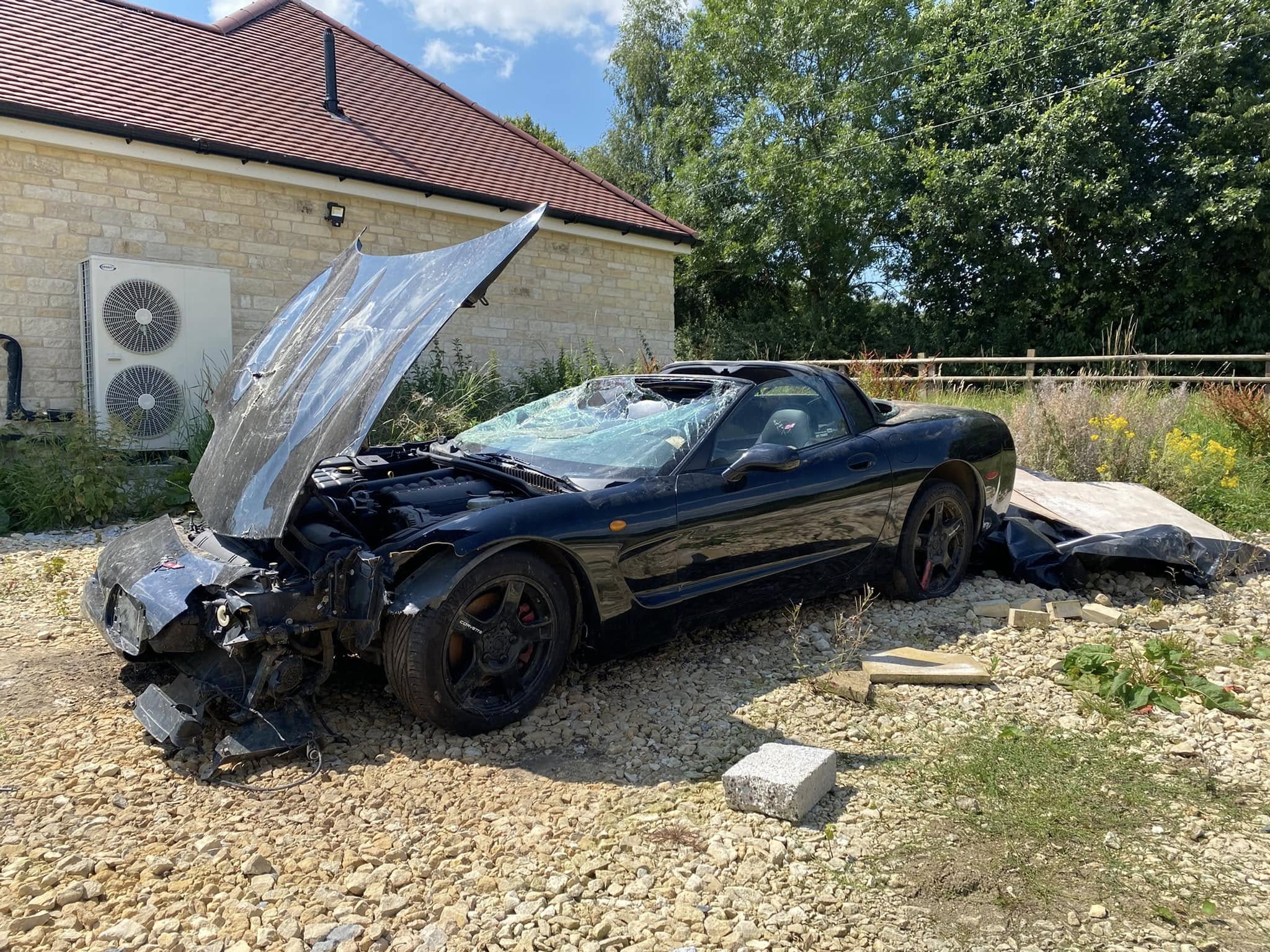
The first step in buying any Corvette is establishing a clear paper trail. Titles reveal whether a car was branded as salvage, flood, or reconstructed. Some Corvettes damaged during hurricanes Katrina and Sandy still surface today with new paint and fresh interiors, but their branded titles follow them forever.
Service records provide another layer of assurance. A C5 without paperwork showing repairs to the steering-column lock or the rear differential might look cheap at first glance, but you should expect those costs to fall on you sooner rather than later. Cars with stacks of receipts, especially from Corvette specialists, inspire far more confidence.
Factory paperwork matters as well. Older Corvettes sometimes still hide their original build sheets under the seats or carpet. For newer cars, original window stickers are prized, while NCRS or Bloomington Gold certification adds credibility by confirming that other experts have already judged the car’s originality.
A teaching example: A C5 Z06 offered at $18,000 without clutch or differential service records may look like a deal, but those repairs can easily wipe out the savings. Provenance shifts that risk back onto the seller instead of leaving it for you.
Start With a Digital First Filter
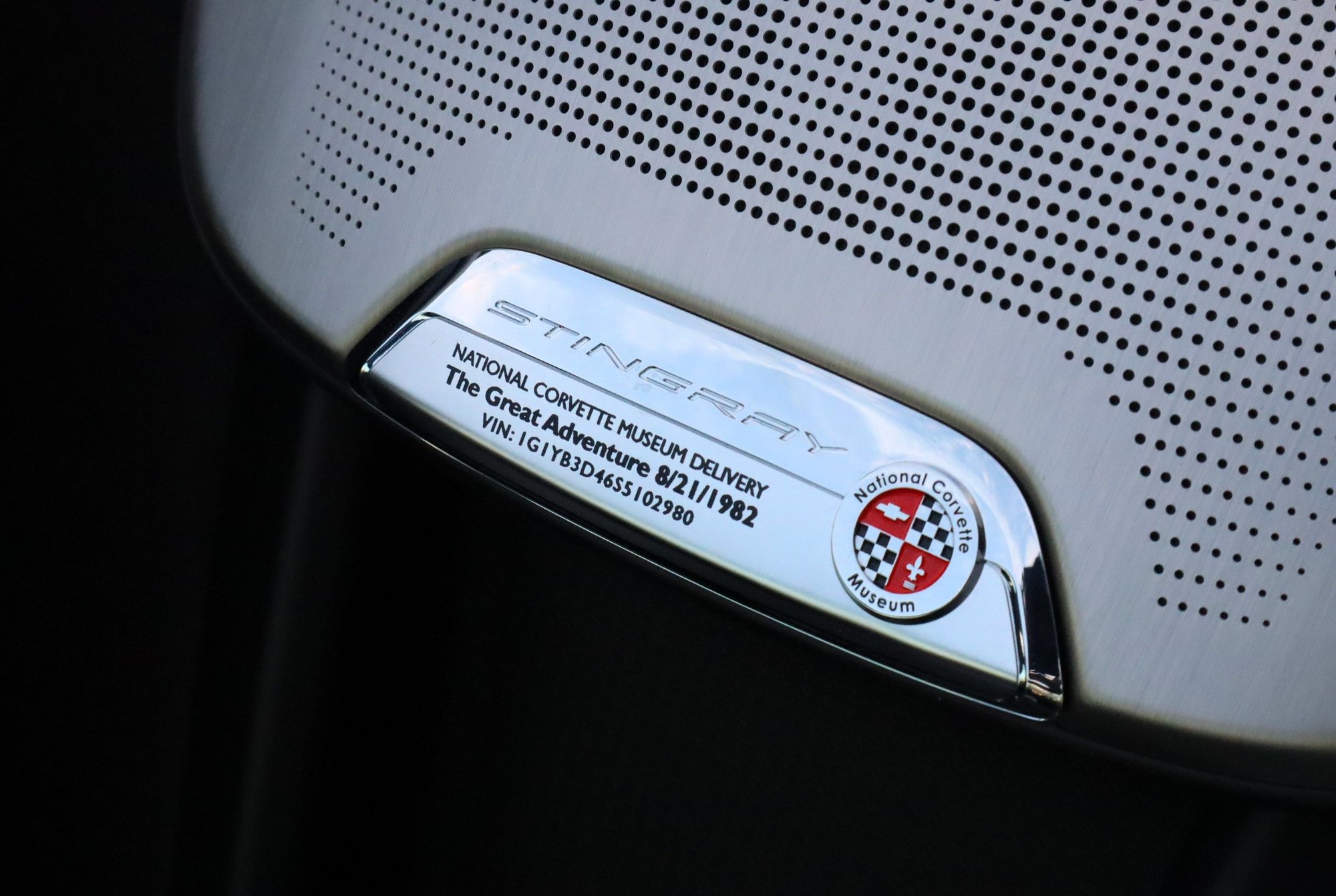
Before you spend money on travel or inspections, start with digital tools. Services like Carfax and AutoCheck can identify accidents, salvage branding, or mileage rollbacks. A mileage VIN checker goes a step further, helping you confirm odometer claims and registration history. Even a plate-to-VIN lookup can be useful for spotting cars that have bounced through multiple owners in quick succession.
These tools will not tell you if the car spent years on the drag strip or if the suspension has been modified, but they are a quick way to eliminate obvious red flags. Think of them as your first filter, not your last word.
Confirm Matching Numbers and Original Components
Authenticity plays a major role in Corvette values. Matching VIN, engine, and transmission numbers indicate that the car is still in its factory configuration. Collectors consistently pay more for those examples, but mismatches also reveal important clues.
A Corvette with a replacement chassis likely suffered a serious accident. One with a swapped engine may still be enjoyable to drive, but it will be viewed as a “driver” rather than a collectible. In 2025, a Florida man discovered that his 1962 Corvette had a cloned twin in Texas, complete with counterfeit VIN tags. The legal fight underscored just how critical authentic identification is in the Corvette world.
Collectors value matching numbers not as bragging rights but as proof of trust. If those numbers do not check out, you need to ask why.
The Importance of a Pre-Purchase Inspection

Documents and digital checks can only go so far. A thorough pre-purchase inspection by a Corvette specialist is the best way to uncover problems that sellers may not disclose.
On C3 and C4 models, inspectors know to check the birdcage for rust that can compromise the entire structure. On C5s, worn differentials and alignment issues often show up only under close examination. Performance models like the C6 ZR1 require particular care because parts like carbon-ceramic brakes are extremely expensive to replace. Inspectors also uncover evidence of hidden modifications, from nitrous plumbing to drag racing setups.
A clean inspection offers peace of mind. A bad one provides leverage to walk away or renegotiate. Either way, you win by knowing the truth before money changes hands.
When the Price Looks Wrong
Corvettes that look underpriced almost always have a story behind them. Sometimes that story is benign, but more often it points to uncertainty. Cars without records typically lag behind the market. A flood-branded C5, no matter how well it has been repaired, will never sit in the same value range as a clean-title car. Modified Corvettes, whether with oversized wheels, body kits, or wild interiors, may be fun, but they appeal to a narrower audience and resell for less.
Example: Big-Block C3s at Auction
At Mecum, numbers-matching 1969 Corvette big-block convertibles have sold for more than $100,000. Cars of the same type missing their original engines have often struggled to bring even half that figure. The lesson is simple: the market puts a dollar figure on certainty, and it punishes doubt.
A teaching example: If a C5 Z06 is listed for thousands less than its peers, ask what explains the discount. Missing documentation, worn components, or title issues often account for the gap. Cheap is rarely the same as good.
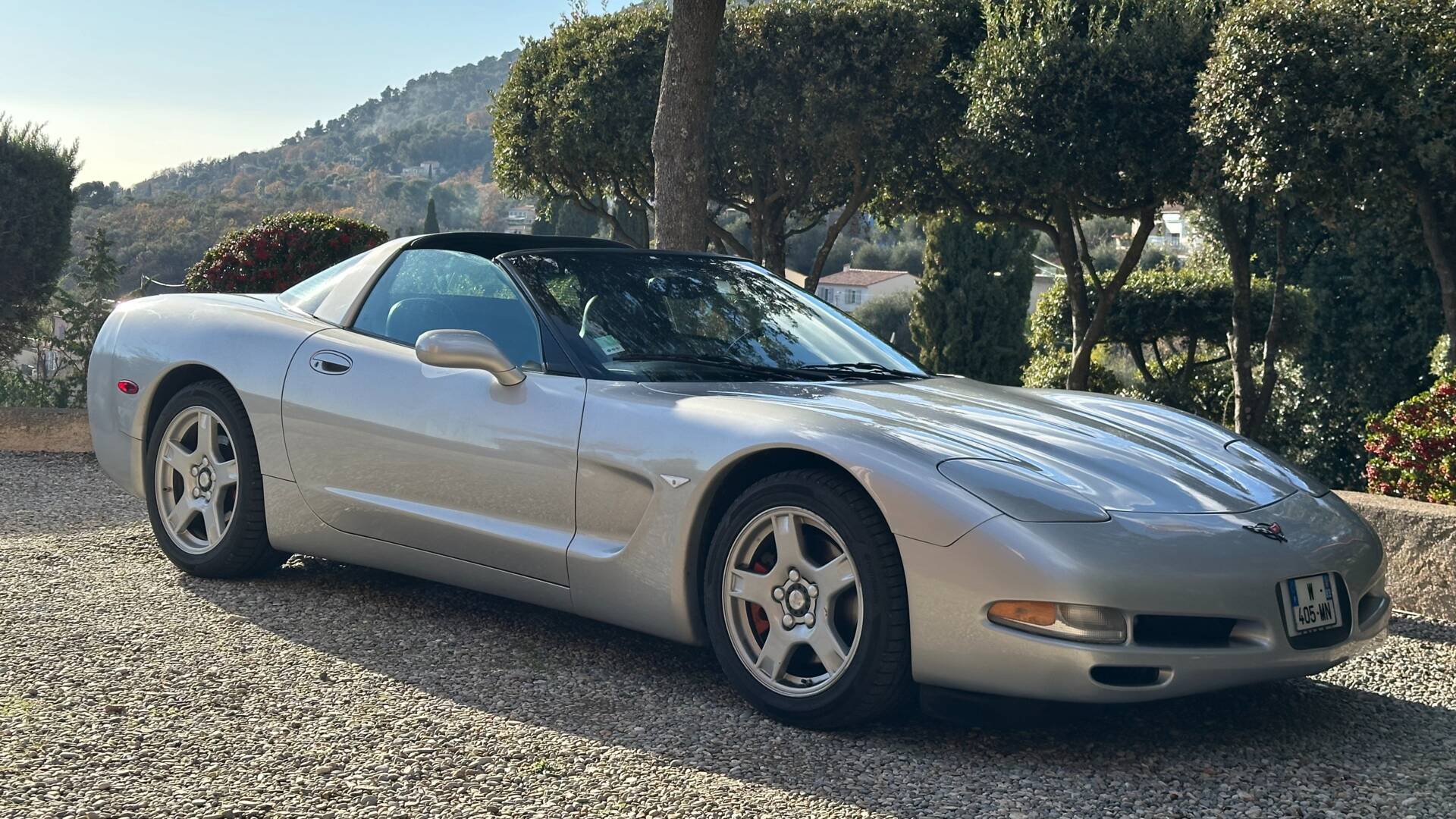
Preserving the Legacy
Buying a Corvette is about more than speed and horsepower. It is also about carrying forward a piece of American sports car history. By building a paper trail, filtering with digital tools, confirming originality, commissioning a detailed inspection, and weighing market prices, you buy more than a car. You buy its story. When that story checks out, you gain confidence that your Corvette is not just a bargain but a legacy worth keeping.


